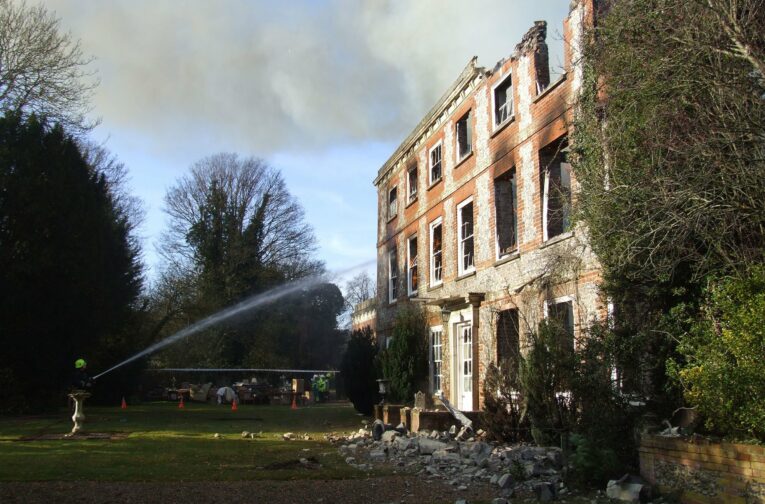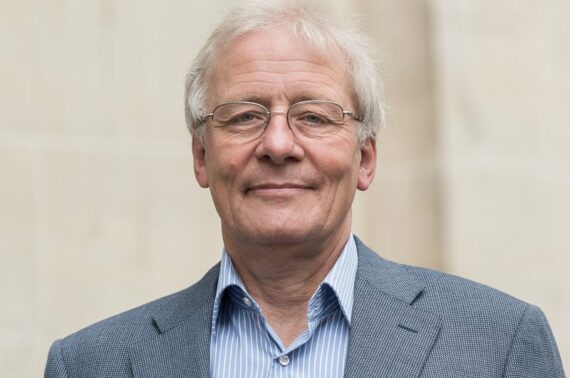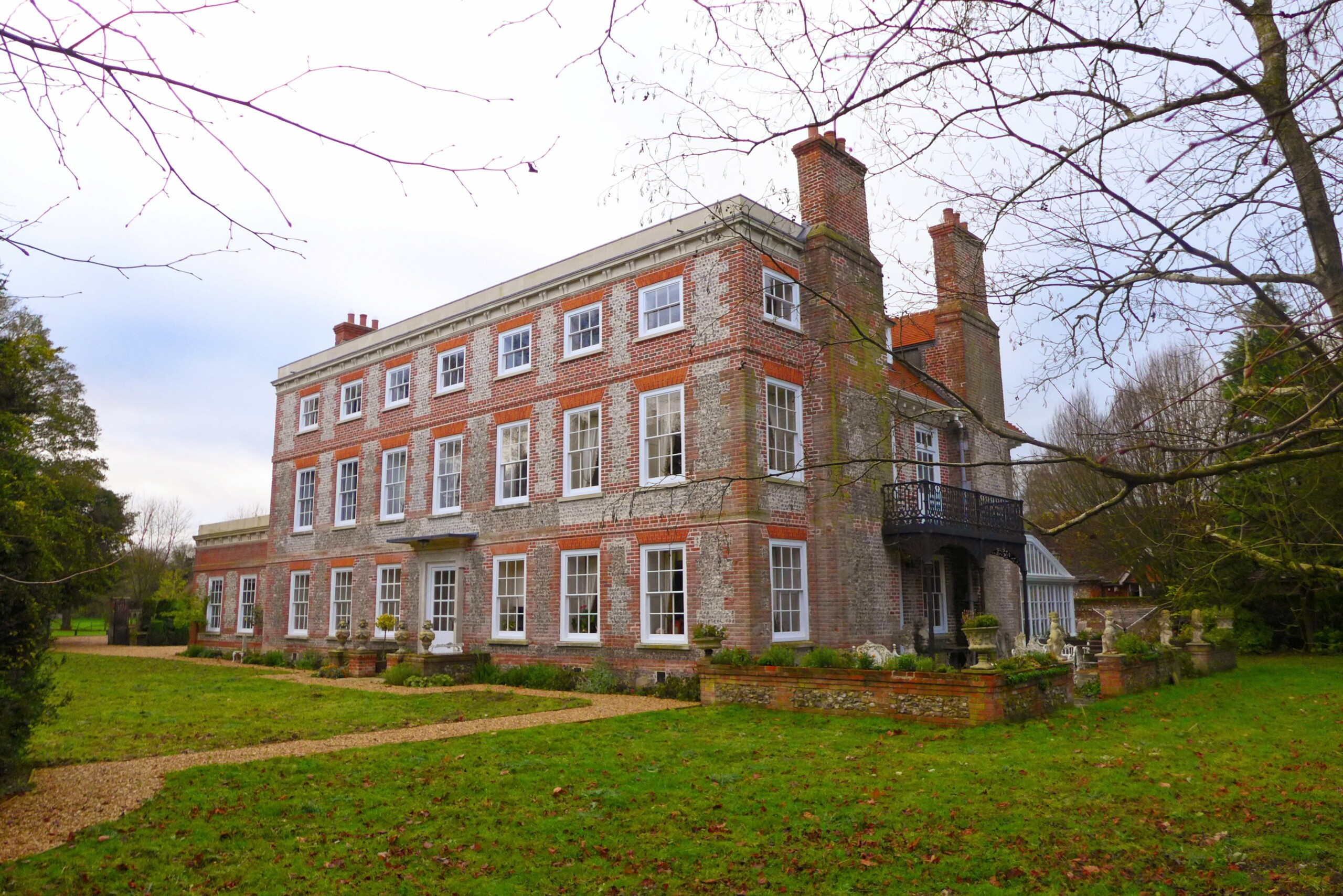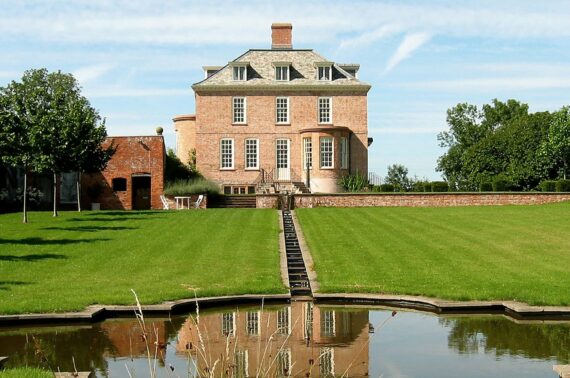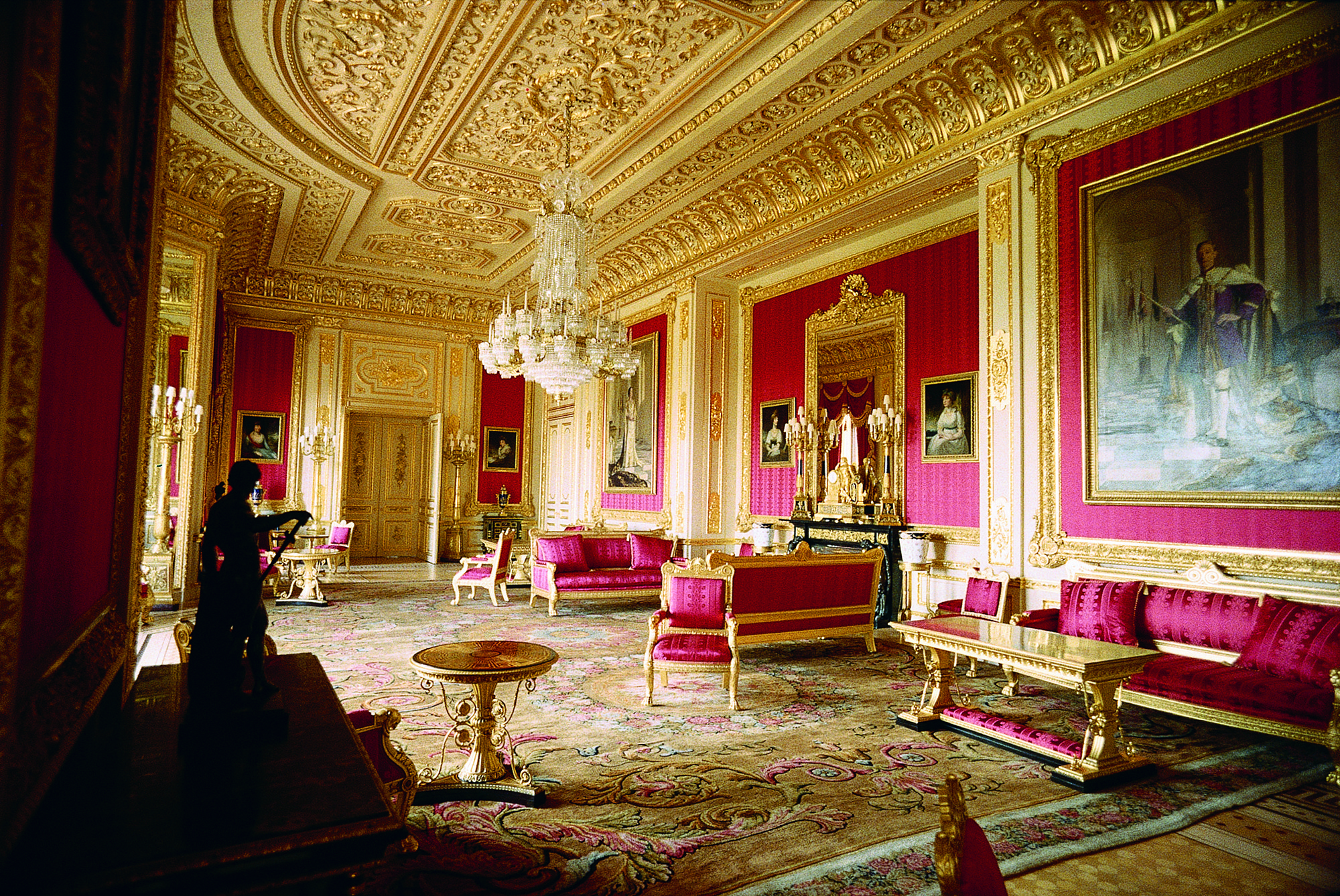Rescue After Fire
- | Robert Dunton
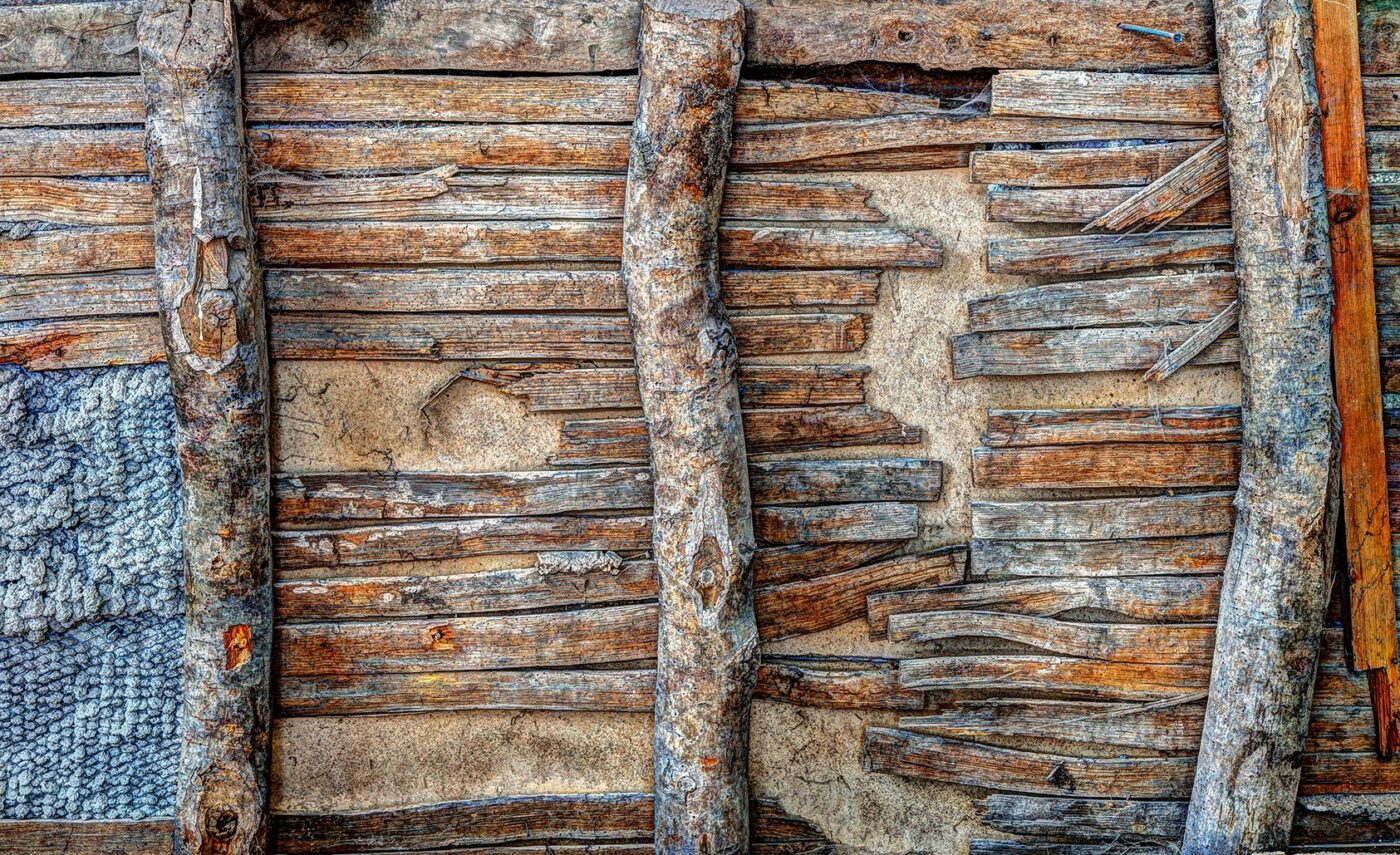
“Fire is a good servant but a bad master” reads the 17th Century proverb. Throughout mediaeval history, fire has been associated with comfort and warmth in winter, but also with repeated destruction, especially of church roofs, leading to the almost universal adoption of vaulted ceilings. The form of the pre-war City of London was largely a legacy of the re-planning after the Great Fire of 1666.
The immediate aftermath of a serious fire can be devastating psychologically as well as in material terms. As a Practice we have become familiar with the traumatic effects on owners of fire-damaged buildings as well as the practical help which can make a major difference in the early days. Many historic buildings contain articles of irreplaceable value, whose loss may represent to their owners a severance with their family’s past.
We have accumulated substantial experience of the most important steps to take in the wake of a fire through our work on rescuing so many of the Country’s significant fire-affected historic buildings. In some cases, such as at Windsor Castle, our involvement began before the fire was fully extinguished. This has the advantage of allowing input into the salvage and early recording operations, minimising archaeological loss and ensuring temporary support methods which will not hamper future reconstruction.
In other cases, such as Eardisley Park, Walworth Town Hall and Cholderton House, the fire was so destructive that it was months before the structure was deemed safe enough to enter. The sifting of débris to find clues as to key details and features may then become very difficult, especially as rain and the water for extinguishing the fire may have caused further deterioration. Drying out of thick walls, particularly of some absorbent types of masonry, will take several years and will need to continue after reconstruction. This requires a very careful design of finishes to allow good ventilation of heavy masonry for many years. Over the years we have developed sophisticated means of monitoring humidity in vulnerable or inaccessible areas, which can be very helpful in alerting owners to critical humidity conditions likely to support fungal decay, for example.
Similarly, we have become adept at recording the débris littering the base of the building, and ensuring accumulations of saturated material does not support fungal growth. Furthermore, where a large building contains significant clues about the distribution of mouldings and details in the piles of debris which have fallen to the floor, a methodical approach is needed which allows early removal for drying out without loss of provenance. We first employed such an approach soon after the fire at Windsor.
In planning the restoration, the key figure will be the Loss Adjuster appointed by the insurer. The philosophy and approach to the reconstruction need agreeing at the start, since insurers often operate strict policies governing the approach and how it will be funded. Similarly, agreement needs to be reached on the replacement of services: is it practical to reinstate a Victorian heating system as it was; would the hot water system be acceptable to Building Control? Generally, improvements required by Statutory Instruments are not considered to be “betterment” since they are necessary for safety or today’s conservation of energy requirements.
Once detailed examination becomes possible, decisions need to be taken on the future stability of the structure, including the effects on stonework of exposure to high temperatures. Flint, bricks and ashlar stones behave very differently in fires. Today there are effective electronic means of identifying invisible damage deep in masonry structures, as we used after a major fire at the Bank of England. Iron and steel behave very differently in fire but light charring of oak beams may not cause unacceptable weakness, but should a timber be left in a wall which has been saturated?
At Cholderton House, a flint and brick house in Wiltshire, Fire Brigade water, rain and a high water table seemed to have turned the lime mortar and flint foundation to ‘porridge’, but gradual drying proved preferable to underpinning (which would have introduced local rigidity incompatible with the inherently flexible walls above).
Early approaches need to be made to the planning authority to discuss its approach to reinstatement. Was the building of such importance that ‘like-for like’ restoration is seen as essential, or would the loss of poorer additions be seen as an opportunity to create something better? Would the owners wish to use the opportunity to make the building suit their needs better? At the 16th Century Athelhampton in Dorset, reinstatement of the fire-damaged areas in facsimile was essential, but at Walworth Town Hall, the Local Authority has used the opportunity to create a multi-use facility with a wider range of uses than the original. A design competition resulted in several of the most important spaces in Windsor Castle being recreated to a fresh new design.
Fire restoration is a collaborative effort. The architect needs diplomacy and sensitivity in understanding the owner’s needs at a time when the trauma is still fresh in their mind. An experienced team needs to be assembled which may include an archaeologist, moisture control specialist, structural engineer and conservator, instilling confidence that every aspect has been considered. Above all, patience and a will to persevere are essential qualities to see through a fire restoration project to completion.
